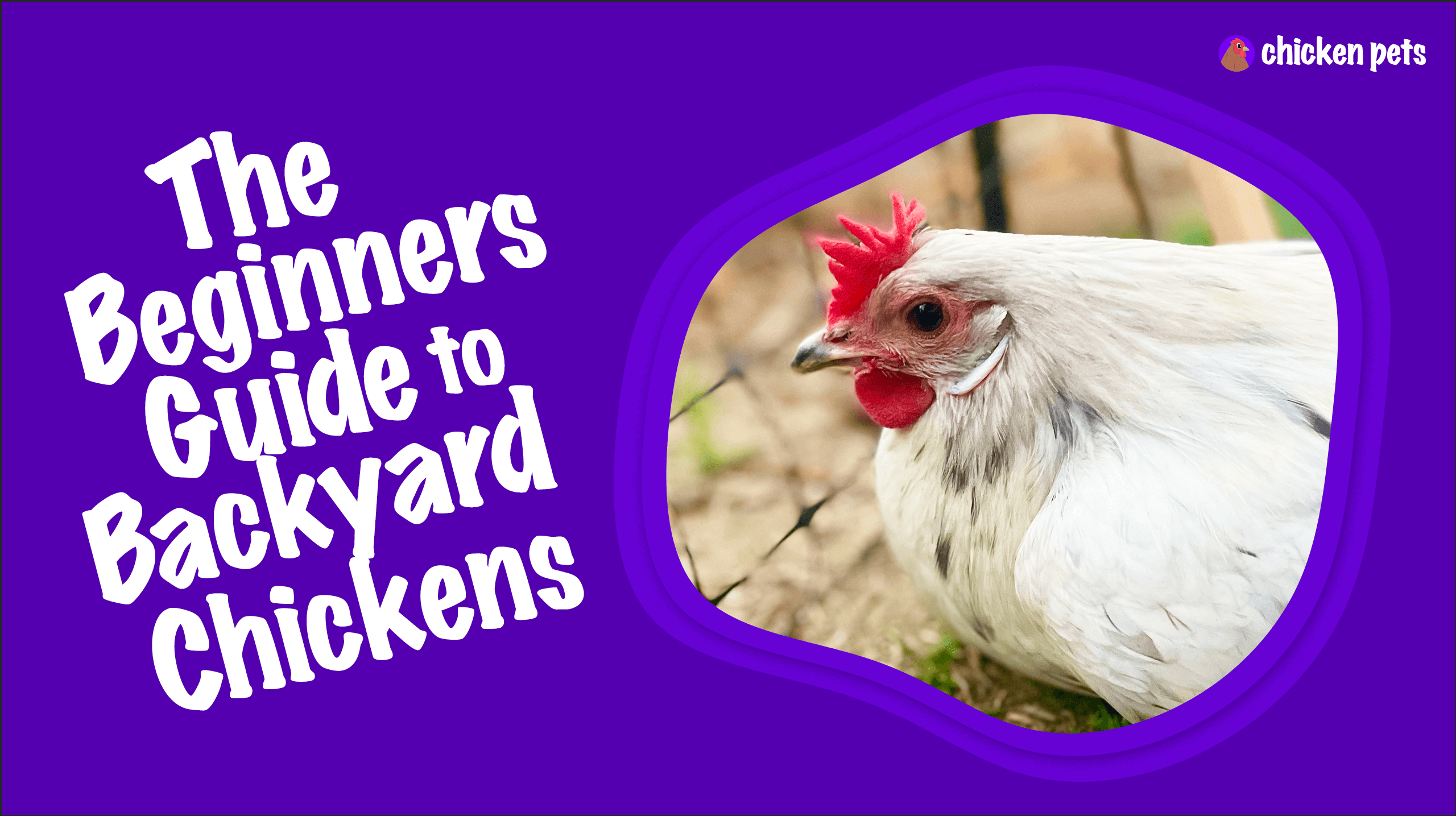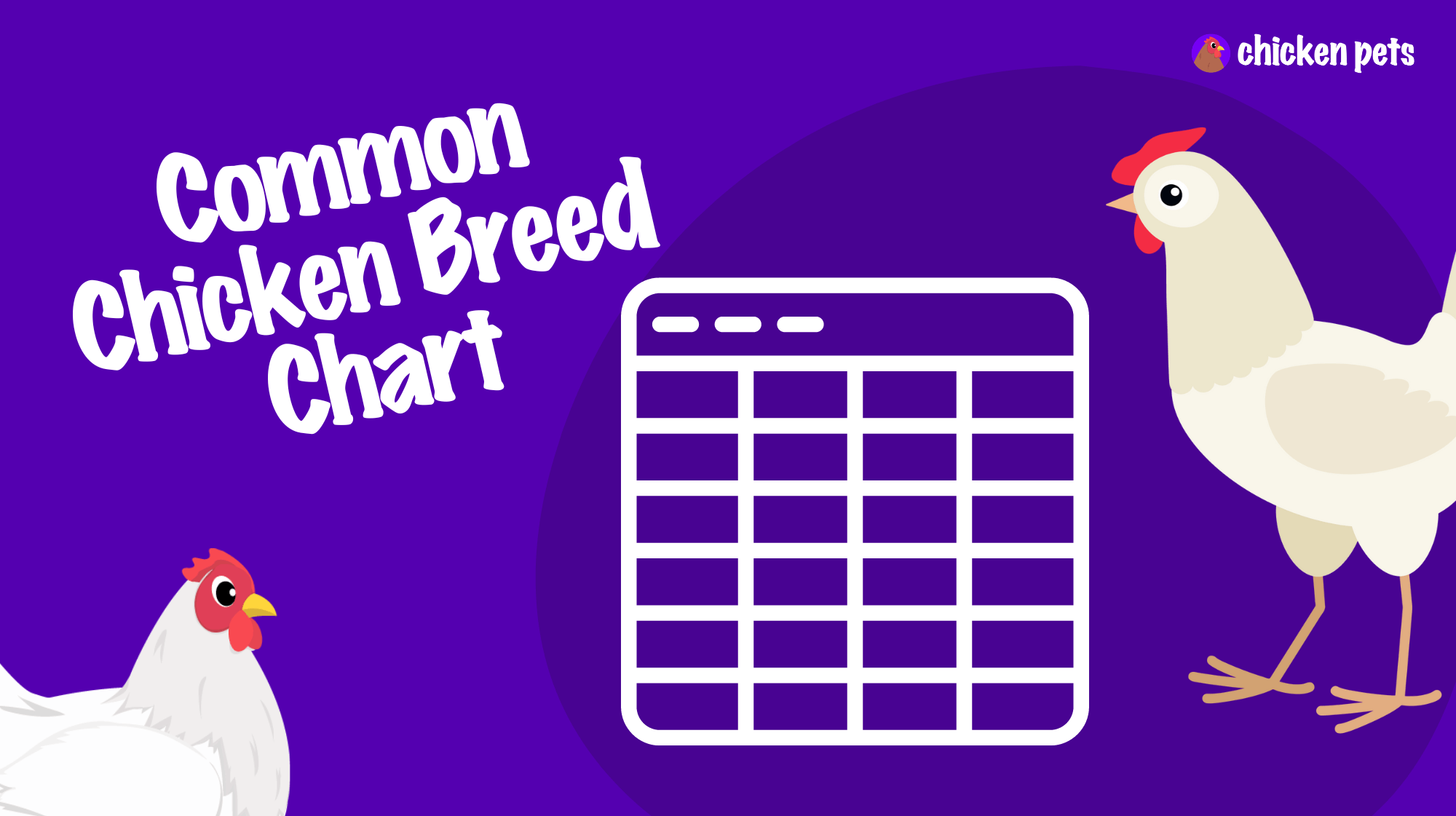Definition of Abdominal Capacity
Abdominal Capacity refers to the size and volume of the abdominal cavity in chickens or other poultry, specifically in relation to the reproductive organs, digestive system, and fat deposits. The larger the abdominal capacity, the more efficiently the bird can hold and process feed, digest nutrients, and produce eggs. In poultry breeding and selection, greater abdominal capacity is often associated with enhanced reproductive performance and improved overall productivity in the flock.
Significance of Abdominal Capacity for Backyard Chicken Owners or Enthusiasts
Abdominal Capacity is an important aspect to consider for backyard chicken owners or enthusiasts as it directly impacts egg production, health, and overall well-being of their flock. By understanding and acknowledging the role of abdominal capacity, chicken keepers can make informed decisions about breed selection based on desired egg production levels and make appropriate accommodations in terms of space and nutrition to ensure their chicken’s abdominal requirements are met.
Monitoring the abdominal capacity of individual birds can also help in early detection of certain health-related issues, such as egg binding, impacted crops, or internal infections. Being proactive in maintaining optimal abdominal capacity through proper nutrition, stress minimization, and parasite control promotes overall bird health and productivity. Furthermore, understanding the physiological criteria related to the abdominal capacity can be beneficial in identifying when to cull or replace birds within the flock to maintain optimum productivity and efficiency in backyard poultry production.
Mechanisms and Processes Related to Abdominal Capacity in Chickens and Poultry
Abdominal Capacity is influenced by both genetic and environmental factors, such as breed, age, nutrition, and overall health. At the anatomical level, the ability to hold and process larger amounts of feed involves efficient utilization of the digestive system, including the crop, gizzard, and intestines. Similarly, optimal function of the reproductive organs such as the ovary and oviduct contributes to higher egg production and improved reproductive performance.
In poultry, the abdominal cavity expands and contracts based on various factors, including consumption of feed, egg formation, and egg-laying frequency. As the bird’s digestive system processes the feed, nutrients are absorbed and distributed to various parts of the bird’s body, including the reproductive organs. In laying hens, greater abdominal capacity enables better feed efficiency and increased egg production as resources are directed towards the production of eggs.
From the perspective of selection and breeding, poultry breeders focus on improving abdominal capacity to enhance egg production and nutrient absorption. Genetic selection methods have been employed to develop birds with larger abdominal capacity, therefore leading to improved productivity and performance within the flock. The environmental factors such as adequate nutrition, proper housing, and preventative healthcare measures play a vital role in maintaining and even enhancing the abdominal capacity of chickens and poultry.
Applying the Abdominal Capacity Concept to Backyard Flocks
Backyard chicken owners can apply the information on abdominal capacity to enhance the health, well-being, and productivity of their flock by considering the following practical tips:
1. Breed Selection: Choose breeds known for higher abdominal capacity for improved egg production and feed efficiency. Researching different breeds and evaluating their specific abdominal capacity traits relevant to your goals as a backyard chicken keeper can help in choosing the best-fit breed.
2. Nutrition: Ensure proper and balanced nutrition by providing high-quality feed formulated for the specific requirements of your flock. This will not only support their digestive system but also help in maintaining optimum abdominal capacity.
3. Space and Accommodations: Provide adequate space and suitable housing for your birds to minimize stress and help maintain their abdominal capacity. Birds that are comfortable and relaxed are more likely to have efficient digestive and reproductive systems.
4. Early Detection of Health Issues: Regularly monitor the health and well-being of your birds by observing their behavior, egg production, and any changes in abdominal size or appearance. Identifying and addressing issues early on can prevent major health problems and improve abdominal capacity.
5. Breeding and Culling Decisions: For backyard breeders, evaluate and select birds with better abdominal capacity traits for future breeding within your flock. Additionally, manage your flock’s size by introducing new birds over time and culling older, less productive birds as needed, to maintain overall flock health and productivity.
Tips and Recommendations for Optimal Abdominal Capacity in Chicken Care
For backyard chicken owners striving to ensure the optimal abdominal capacity of their flock, the following tips and recommendations can be valuable:
1. Understand Your Breed’s Needs: Different breeds have varying optimal abdominal capacities, and understanding the specific needs of your breed can help in making informed decisions regarding feed, housing, and spatial requirements.
2. Feed Management: Provide smaller, more frequent meals, as this can help in maintaining consistent abdominal capacity and reduce overloading of the digestive system. Additionally, offering diverse feed sources and ensuring sufficient fiber intake can enhance digestive efficiency and contribute to optimal abdominal capacity.
3. Environmental Enrichment: Create a stress-free and engaging environment by providing perches, dust baths, and other activities for your flock. A low-stress environment positively affects their overall health and supports improved abdominal capacity.
4. Regular Health Checkups: Monitoring your chickens’ health, including examining their abdominal area, plays a crucial role in early detection of potential issues that may impact abdominal capacity. Taking corrective measures when needed can prevent complications and support optimal capacity.
5. Proper Lighting and Ventilation: Ensuring appropriate lighting conditions and sufficient ventilation in your coop contributes to maintaining a stress-free environment, which promotes optimal abdominal capacity and overall flock health.
6. Cleanliness and Hygiene: To prevent infections and diseases that can compromise abdominal capacity, regularly clean and sanitize the coop, nesting spaces, and feeding and watering equipment. Adequate biosecurity measures can further protect your flock from potential health threats.
Additional Information on Abdominal Capacity
Not only does abdominal capacity influence egg production and overall health, it can also impact other aspects of poultry management and care:
1. Temperature Regulation: Larger abdominal capacity is linked with a greater body mass, which can affect the bird’s ability to tolerate temperature fluctuations. Chickens with a higher abdominal capacity may require added insulation during colder months and more ventilation and cooling options during warmer periods.
2. Lifespan: A well-managed abdominal capacity throughout a bird’s life can potentially lead to an extended lifespan by reducing the likelihood of developing nutritional, digestive, or reproductive issues. Ensuring a balanced diet and maintaining a healthy living environment are vital components in promoting longevity.
3. Market Potential: In the commercial poultry industry, breeding for increased abdominal capacity may not only affect egg production but also impact the market potential of the meat. Increased abdominal capacity can lead to larger, meatier birds, positively affecting the profitability of poultry operations.
4. Skeletal Health: Optimal abdominal capacity can have positive effects on skeletal health in chickens, as overloading their digestive and reproductive systems can stress their skeletal structure. Conversely, a well-maintained abdominal capacity helps in sustaining overall musculoskeletal health, which is essential for the bird’s mobility and reproductive success.
5. Fertility and Hatching Rates: Birds with an optimal abdominal capacity are more capable of producing healthier, larger eggs with a higher hatchability percentage. Ensuring balanced nutrition and appropriate environmental factors contribute to maintaining an optimal abdominal capacity and further enhances fertility and hatching success.
Frequently Asked Questions
In this section, we address some common questions related to abdominal capacity in chickens and poultry to help you better understand and manage this aspect of poultry care.
1. Are certain breeds more prone to a higher abdominal capacity?
Yes, specific breeds may generally exhibit greater abdominal capacity due to genetic traits. Commercially bred laying hens, such as White Leghorns, Rhode Island Reds, or Sussex, often have higher abdominal capacity to support increased egg production. Researching various chicken breeds and their abdominal capacity characteristics can help you make informed decisions based on your flock goals.
2. Can I increase my chicken’s abdominal capacity through diet adjustments?
Diet does play a role in maintaining optimal abdominal capacity, but significant increases in capacity are unlikely through dietary changes alone. Ensuring a balanced, high-quality diet that meets the bird’s requirements supports their digestive and reproductive systems, contributing to optimal abdominal capacity within their genetic potential.
3. How can I assess the abdominal capacity of my chickens?
You can assess abdominal capacity by gently feeling the chicken’s lower abdomen. A healthy bird with good abdominal capacity should have a soft, pliable abdomen with no noticeable lumps or hardness. Periodic assessments will help you monitor changes or potential health issues and provide early intervention when necessary.
4. Does abdominal capacity affect brooding behavior in hens?
Increased abdominal capacity may contribute to brooding behavior in some hens. When a hen has a large abdominal capacity, she may lay more eggs, accumulate them in the nesting box, and be more inclined to brood. However, brooding behavior is also influenced by factors such as genetics, environmental triggers, and individual bird temperament.
5. Can I breed my chickens to improve abdominal capacity in my flock?
Yes, selective breeding for better abdominal capacity is possible. By carefully selecting birds with desirable traits related to abdominal capacity, you can gradually improve this trait within your flock over generations. However, it is important also to consider other traits, such as disease resistance, temperament, and physical features, when making breeding decisions.
6. Can high stress levels affect abdominal capacity?
Yes, high stress levels can negatively affect abdominal capacity. Stress can cause birds to eat less, resulting in inadequate nutrition and directly impacting their abdominal capacity. Additionally, stress hormone fluctuations may interfere with reproductive processes, further suppressing abdominal capacity.
7. Are there any serious health problems linked to poor abdominal capacity?
Poor abdominal capacity can be associated with specific health issues such as egg binding, digestive blockages, or internal infections, among other general health problems. Monitoring abdominal capacity regularly, offering proper nutrition, and maintaining a healthy living environment can help you identify potential issues early on and prevent complications.
Related Terms in the Chicken or Poultry Industry
- Broiler Growth Performance
- Egg Production
- Feed Conversion Ratio
- Layer Breeding
- Reproductive Performance










